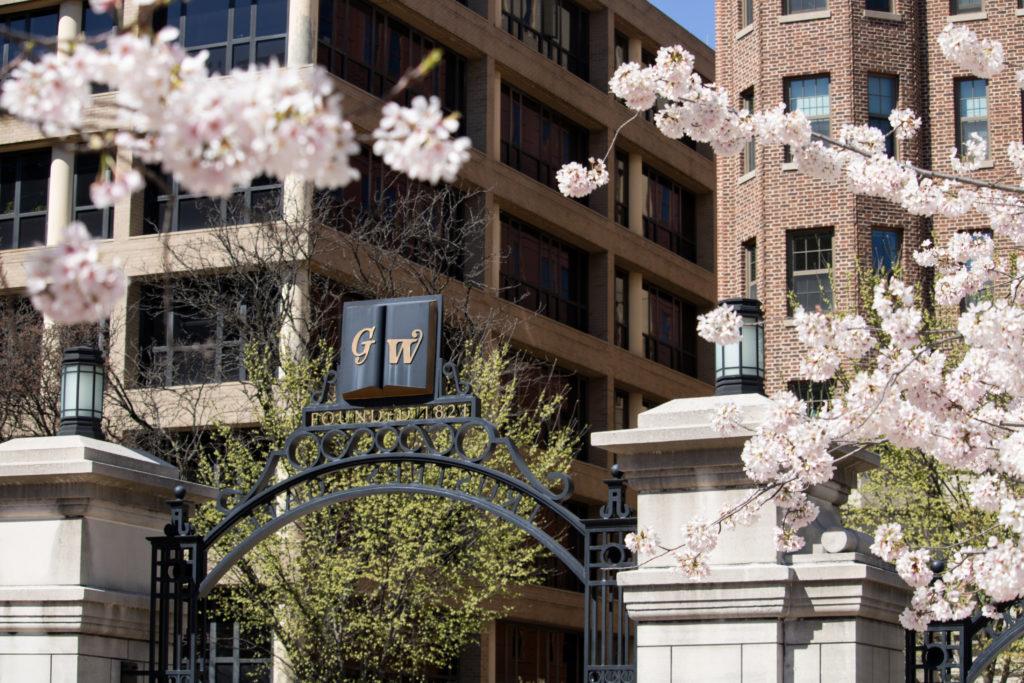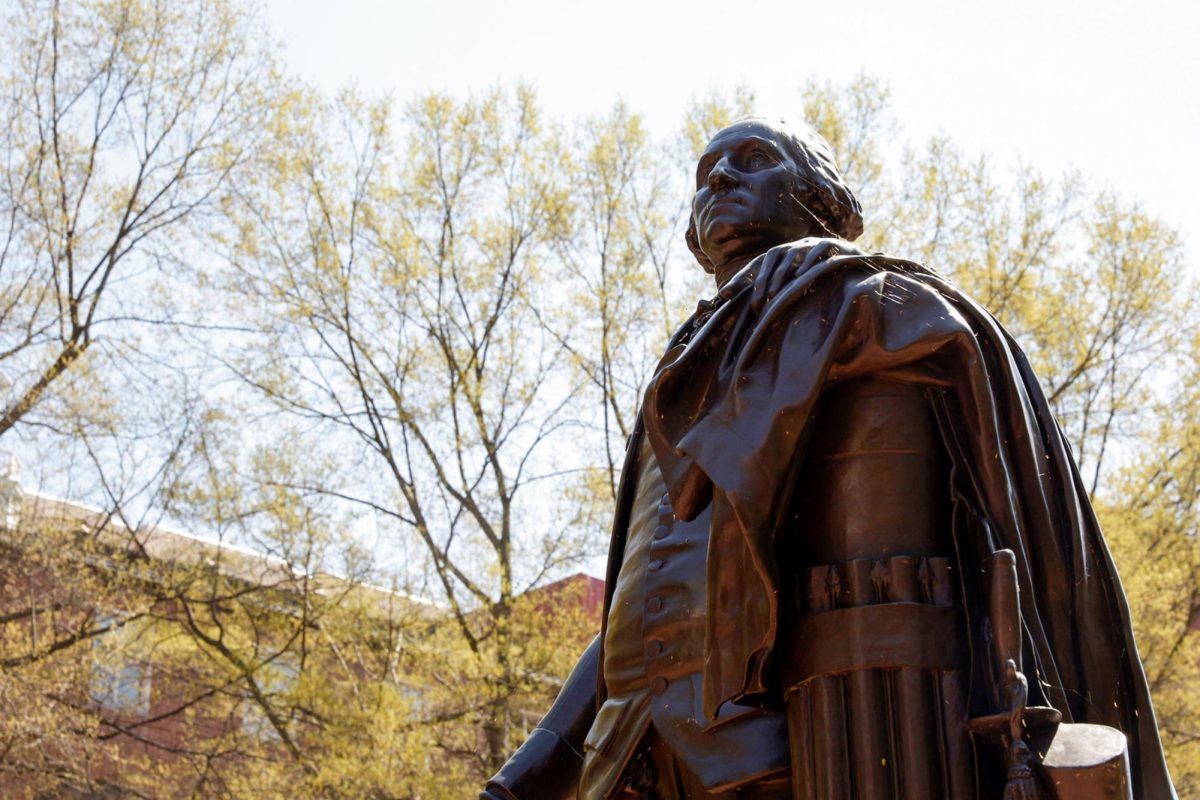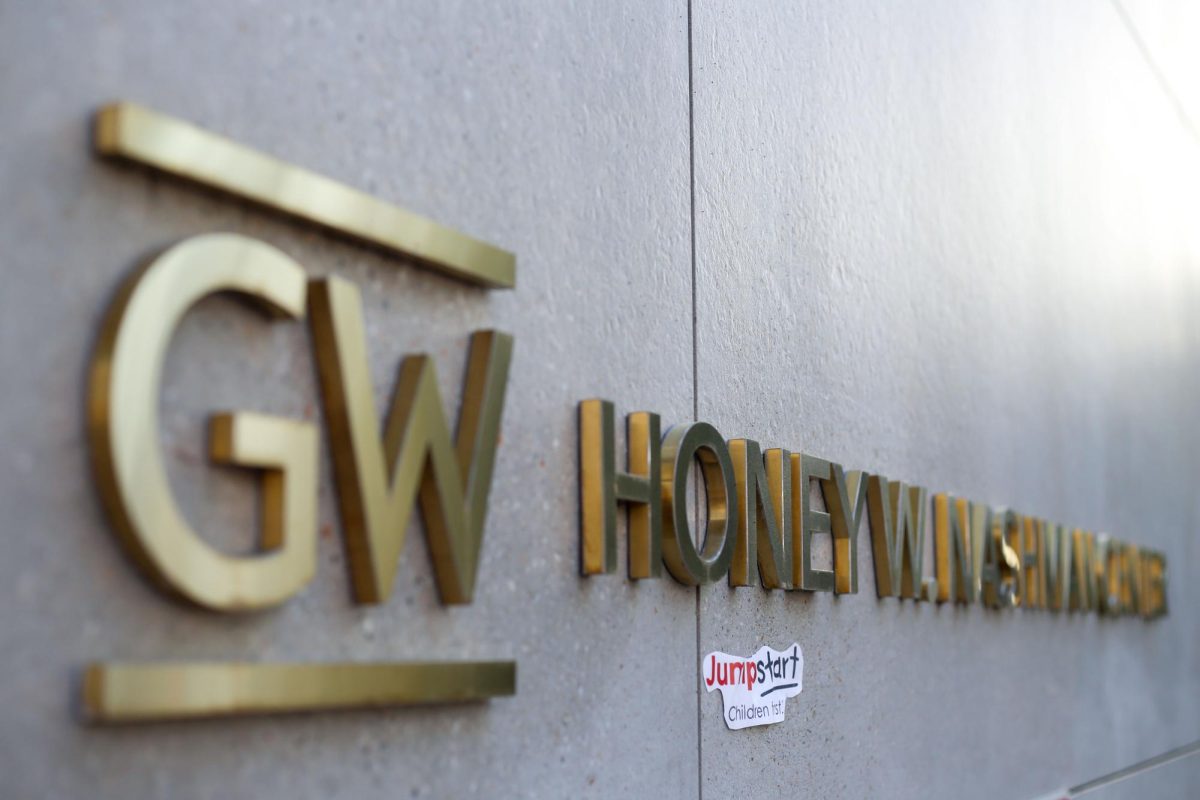The University’s total debt grew to just under a billion dollars on Wednesday when the school borrowed $200 million – by issuing and selling bonds – to ensure access to cash in the troubled economy, administrators said.
University finance officials said $90 million from the sale will be used to pay off existing debt and $110 million will remain as cash reserves to increase the University’s liquidity – the school now has $360 million in reserves. The sale and payoff bring the University’s total outstanding debt to about $973.3 million, said Executive Vice President and Treasurer Lou Katz.
The bonds were sold at 6 percent interest for a 10-year period to undisclosed buyers, meaning GW will pay them $12 million each year for the next 10 years to service the debt. The University already spends more than $51 million each year – roughly 9 percent of its annual operating budget – paying off debt, including interest.
Two influential credit rating services, Moody’s and Standard & Poor’s, confirmed favorable ratings of GW’s current financial situation on Wednesday, which Katz said helped the University’s bonds sell quickly.
Reports from Moody’s released on Wednesday attributed their high rating – A1, the fifth highest – to strong enrollment figures, growing philanthropic support and consistent cash flow. Some possible detractors cited include the medical school’s probation and a large portion of investments concentrated in local real estate.
“Not only did the rating agencies confirm our rating, the market confirmed our rating by buying all of the $200 million,” Katz said.
“Investors were very excited about GWU’s credit,” added David Lawlor, associate vice president of finance.
Lawlor said the current economic situation has made it necessary to increase cash reserves.
“You certainly never want to wait until you need it,” Lawlor said. “Because then you’re at the mercy of the market.”
Lawlor said the University does not have any imminent plans for using the money. Instead, the bond sale completes a plan to replace a line of credit with Bank of America, which was terminated in November.
“We’ve contemplated the replacement of the flexible note program for several months now,” he said, referring to the Bank of America agreement. “The timing was right from a price and demand standpoint.”
Lawlor said $90 million of Wednesday’s bond sale would be used to pay off the University’s outstanding debt on a line of credit it took out last September with PNC Bank – which was more unpredictable because of variable interest rates.
Economics professor Anthony Yezer speculated that the University was stockpiling funds for new construction being planned, like the Science and Engineering Complex.
“It’s better to borrow cheaply today if you’re going to be doing a lot of building,” Yezer said. “You’re not going to borrow this much just because you’re afraid and need money for scholarships.”
Yezer added that the increased debt makes consistent enrollment much more important in the future.
“We’re kind of expensive,” Yezer said. “We are gambling that students will still want to come here in the future and pay the tuition and pay the dorm costs.”
Emily Cahn contributed to this report.







